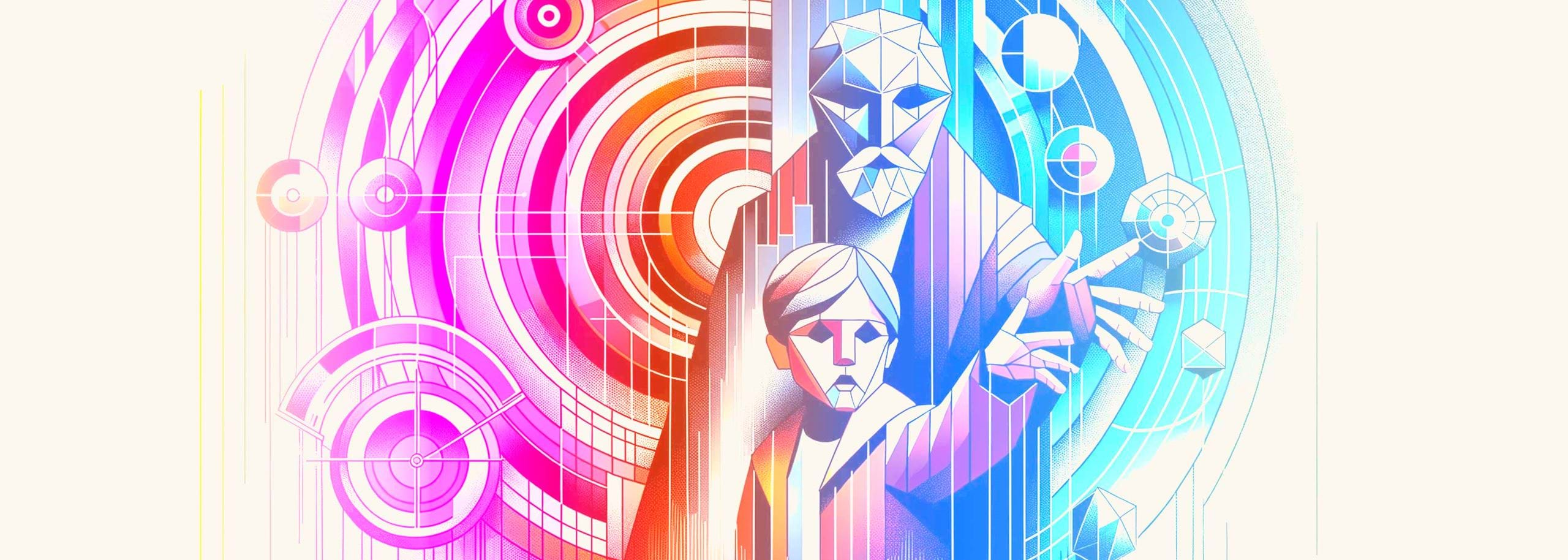



A Deeper Dive
It was Joseph Campbell, a prominent mythologist and writer, who delved deep into this ocean of stories, spanning different eras and cultures, to uncover a unique pattern.
His groundbreaking work, "The Hero with a Thousand Faces," was born out of an extensive study of fairy tales, myths, and folklore from around the world. What Campbell unearthed was a universal storytelling structure, deeply embedded in the collective unconscious of humanity. This structure, which he termed the "Hero’s Journey," depicts the archetypal narrative that human beings, regardless of cultural or temporal differences, instinctively resonate with.
Campbell’s insights were revolutionary, highlighting that beneath the surface of diverse tales - be it from the intricate tapestries of Indian epics or the oral traditions of African tribes - there existed a shared narrative skeleton. This narrative is not just about heroes and their adventures; it's a reflection of our own life’s journey, replete with challenges, transformations, and eventual triumphs.
The Ordinary World
This is the hero’s normal life at the start of the story, before the adventure begins. For Luke Skywalker in "Star Wars," it's the mundane life on Tatooine, where he's just a farm boy.
The Call to Adventure
The hero is presented with a challenge, problem, or adventure. Luke discovers a message within the droid R2-D2, imploring Obi-Wan Kenobi's help.
Refusal of the Call
The hero, fearing the unknown, initially refuses the adventure or challenge. Think of Bilbo Baggins in "The Hobbit," initially hesitant to join Gandalf on the journey.
Meeting with the Mentor
The hero meets a mentor to gain advice, training, or equipment to face the challenge. For Luke, it's when he meets Obi-Wan Kenobi.
Crossing the Threshold
The hero finally leaves the ordinary world to venture into the unknown. This can be Harry Potter's journey to Hogwarts or Dorothy entering the Land of Oz.
Tests, Allies, and Enemies
The hero faces challenges and makes allies, while confronting enemies and learning the rules of the new world. In "The Lord of the Rings," the formation of the Fellowship is pivotal during this stage.
Approach to the Inmost Cave
The hero approaches a location or central space in the story where the object of the quest may be hidden. This is often a moment of reflection, preparation, or a brief respite before the main conflict.
The Ordeal
The hero faces a major challenge, often risking death. This is a turning point in the story. It’s Simba's confrontation with Scar in "The Lion King."
Reward (Seizing the Sword)
After confronting death, the hero achieves a personal reward, like a weapon or knowledge. Think of Arthur pulling the sword from the stone.
The Road Back
The hero begins to return to the ordinary world. This phase is about dealing with the consequences of confronting the dark forces of the ordeal. For Frodo and Sam in "The Lord of the Rings," this is the arduous journey back home after the Ring's destruction.
Resurrection
The hero faces a final test where they must use everything they've learned. This is where they "clean up the mess" caused in the ordinary world. In many stories, this is the climactic battle or confrontation.
Return with the Elixir
The hero returns home, transformed, and has gained wisdom or an elixir to share with others. It's the ending of a story where the listeners or readers see how characters have grown and how the world has changed.
Throughout history, this framework has resonated with listeners and readers alike, from ancient myths to modern radio shows. It captures the essence of human growth, challenge, and transformation. Even in radio interviews or documentaries, traces of the hero’s journey can be observed, especially when the subject narrates transformative, life-changing experiences.
In conclusion, the Hero’s Journey is more than just a storytelling structure; it's a reflection of our collective human experience, our challenges, our fears, and our triumphs. Whether you're penning a novel, directing a movie, or curating a radio show, understanding this narrative arc can create a powerful and resonant story.
The Hero’s Journey in Modern Storytelling
The profound influence of the Hero’s Journey is undeniable in contemporary narratives. While its roots lie in age-old myths and legends, today, it forms the backbone of countless modern stories, especially in film and audio dramas. Writers and filmmakers have tapped into this universal narrative, recognizing its innate power to resonate with audiences across the globe.
A stellar example of the Hero’s Journey in modern times is George Lucas’s original "Star Wars" trilogy. Lucas, having been deeply influenced by Campbell's work, crafted the story of Luke
Skywalker using the very framework of the Hero's Journey:
A Human Story
This narrative arc, though set in a galaxy far, far away, is deeply human, echoing the tales of heroes from millennia past. And it's not just "Star Wars." From the sweeping epic of "The Lord of the Rings" to the intimate struggles in podcasts and radio dramas, the Hero's Journey continues to be a testament to the universality of human experience and the stories we tell to make sense of our world.
In understanding and recognizing this narrative framework, we gain deeper insights into the stories we consume and, perhaps more importantly, the stories we live.
